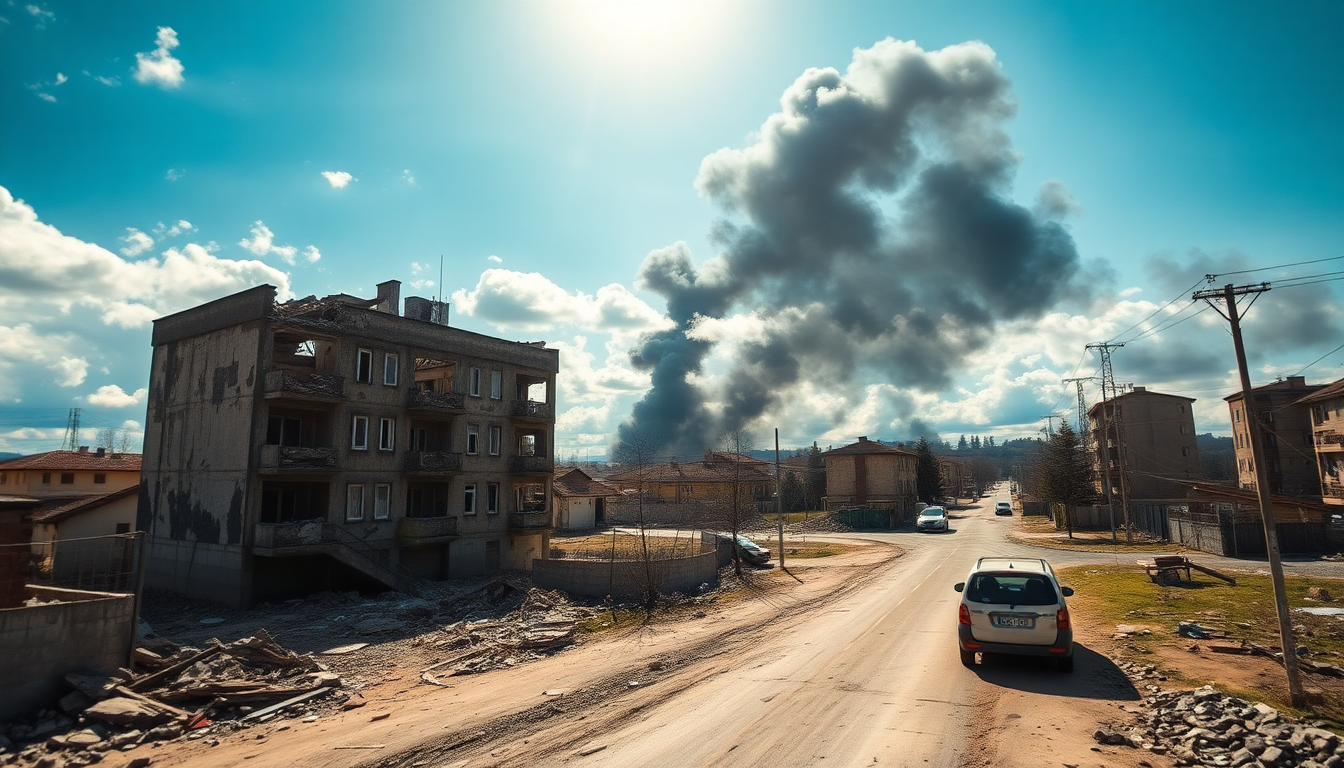Table of Contents
The conflict between Ukraine and Russia is far from over, with significant developments continuing to shape both countries and their international relations. As of June 20, tensions remain high, with military actions, political shifts, and economic repercussions taking center stage.
Let’s dive into the latest events that are influencing this critical geopolitical landscape—there’s a lot at stake!
Military Developments and Leadership Changes
Recently, Russian forces launched drone attacks on the Ukrainian city of Odesa, injuring at least 14 civilians and damaging essential infrastructure, including high-rise buildings and rail networks.
These incidents not only underscore the persistent threats to urban areas but also highlight the ongoing battle for civilian safety amidst the chaos of war. How do you think the people of Odesa are coping with such challenges?
In a significant strategic move, Ukrainian President Volodymyr Zelenskyy appointed Hennadiy Shapovalov as the new commander of Ukraine’s land forces.
This change comes after Mykhailo Drapatyi resigned following a deadly assault on a military training site. This reshuffling is part of a broader military restructuring that aims to strengthen Ukraine’s defenses against ongoing Russian aggression. It’s a bold step—will it make a difference on the ground?
Adding to the complexities, Major-General Christian Freuding, who oversees German military assistance to Ukraine, has dismissed claims from Russian President Vladimir Putin.
Putin suggested that supplying Ukraine with Taurus cruise missiles would entangle Germany in the conflict. This statement highlights the intricate web of international military support and how it affects relationships between allied nations.
Prisoner Exchanges and Geopolitical Implications
In a recent breakthrough, Ukraine and Russia successfully conducted a prisoner swap, continuing a series of exchanges established through agreements in Istanbul.
These negotiations not only provide relief to families longing for their loved ones but also demonstrate that communication channels remain open, even amidst ongoing hostilities. Isn’t it fascinating how diplomacy can still find a way to break through the noise of war?
President Zelenskyy has raised alarms about Russia’s support for Iranian authorities, especially in the context of the Israel-Iran conflict.
He has called for stronger sanctions against Moscow, pointing out the concerning trend of Russian forces utilizing Iranian-designed Shahed drones and North Korean munitions. This situation clearly shows that global dynamics are shifting—what could this mean for Ukraine’s allies?
Economic Consequences and International Response
The economic fallout from this conflict is becoming increasingly clear. Recent data from the United Nations reveals a sharp decline in foreign direct investment in Russia, reflecting the hesitation of Western investors to engage with the Russian market amid the ongoing war. The recent economic forum in Saint Petersburg was telling, featuring a notable lack of Western participation—could this be a sign of things to come?
Despite these economic hurdles, Russia’s defense spending has played a crucial role in propping up its $2 trillion economy since the onset of its full-scale invasion of Ukraine in 2022. However, this heavy reliance on military expenditure raises serious questions about the long-term sustainability of Russia’s economic strategies, especially with the mounting international sanctions and economic isolation. How long can this approach last?
In conclusion, as the conflict unfolds, the interplay of military actions, leadership changes, prisoner negotiations, and economic impacts paints a complex picture of the ongoing situation in Ukraine and Russia. The international community’s response and the evolving circumstances will undoubtedly shape the future of this conflict and its broader implications. What do you think the next steps will be?





